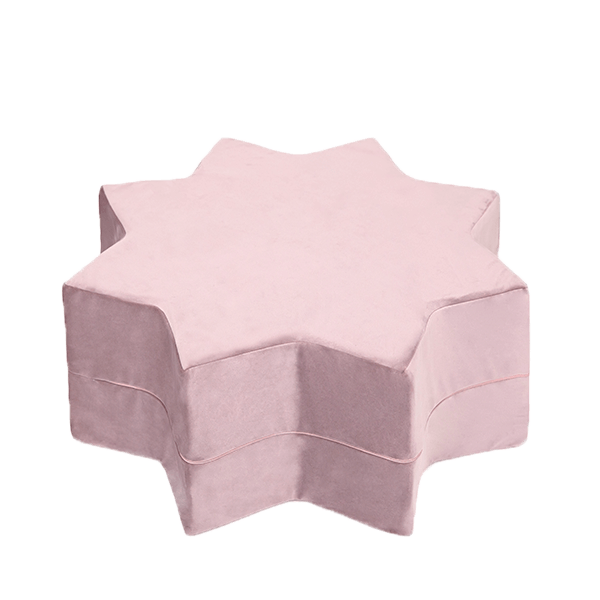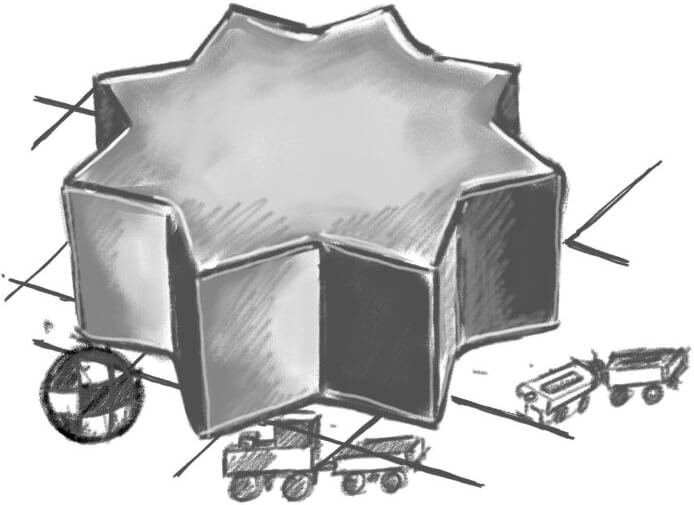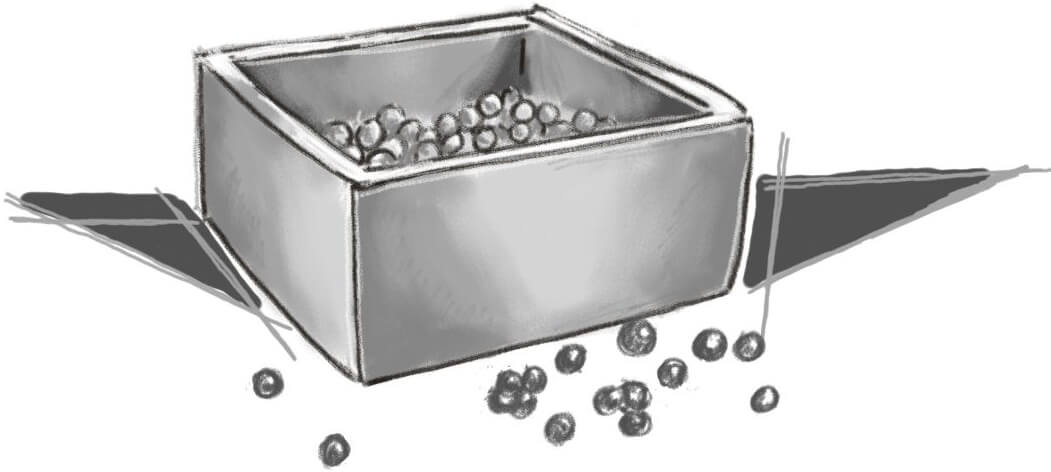Physiotherapist – about child development
The time between 0 and 12 months of a child’s life is a very special time, read the advice of the child physiotherapist who will help you to take care of your child properly during this time.

CHILD DEVELOPMENT 0-12 MONTHS
What should we draw attention to
Nowadays, the development of our children (that I find very good as a physiotherapist) is receiving more and more attention, but many parents still don’t know what to look for when they learn their children’s basic skills. Until recently, when I was pregnant with my son, I attended birth courses. What I really liked was that in addition to the childcare classes (where there are classes in every school), there was also a lecture on the development of an infant. In my opinion, each parent should attend the birth school in such classes so that he knows at least the most important aspects that require attention and, if necessary, to react quickly. We are parents who spend most of our time with our children. That is why we carry a child, change it and that how we play with the child influences its development and future habits. Poor care, for example, can worsen asymmetries or trigger reactions instead of erasing them.
CHILD DEVELOPMENT – what should we pay attention to and what should our child achieve in a certain period of time?
0 to 3 Month
A baby up to 3 months of age should lie on its tummy, support its forearms, lift its head and turn sideways (alone). Of course, he doesn’t have to hold out too long in this position, but it is important that he is able to withstand this activity and a little in this position. Here the learning mat can be invaluable, which is an invaluable environment for the first movements of the toddler
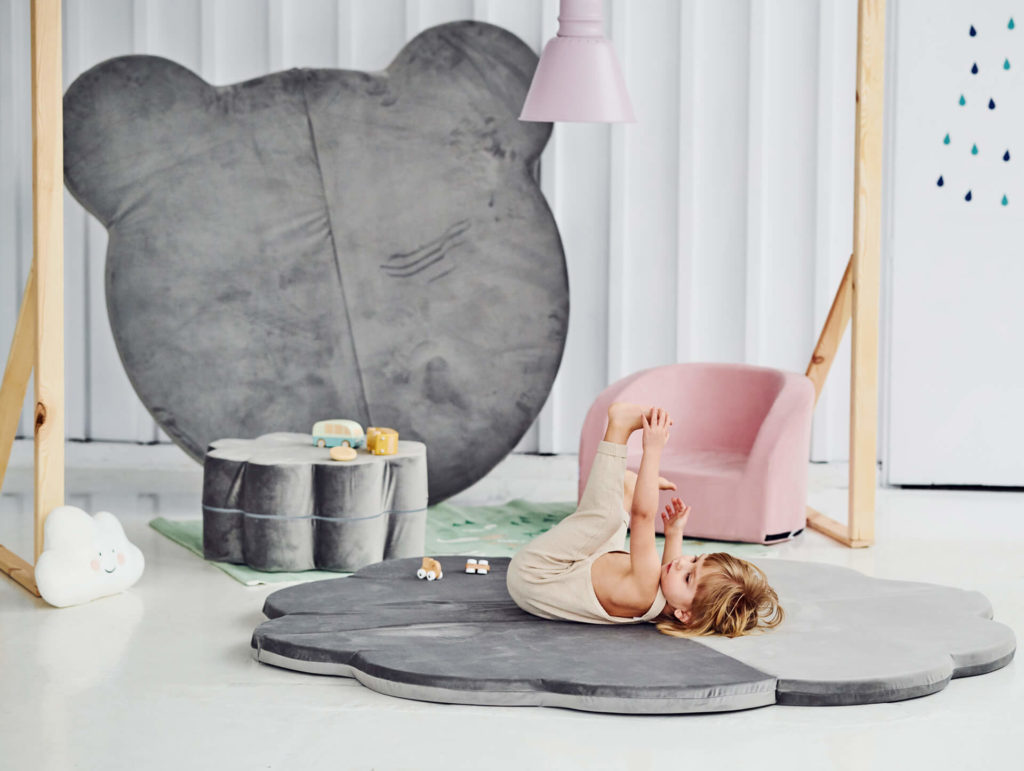
- The child is on his back and begins to put his hand in his mouth – it is not related to the healing of the teeth, but with a certain stage of development in which the child learns his hand starts to suck on his thumb and thus drool more
- First the child clenched his fists, over time the thumb should be released and from 3 months the child should open the fists more often
- If the child is lying on its back, it should lie symmetrically
Watch this during this time!
- Pay attention to symmetry – If the child is lying down and has a constantly turned head, this can indicate an asymmetry, and we should then go to a specialist to assess our child
- If the child does not open his fists – it is likely to have increased tension – and on the other hand, like a child, has no interest in hands and is not flexible enough
- If our child does not like to lie on his stomach and is immediately nervous in this position, it is also a signal to go with our child to a pediatrician or physiotherapist to examine and show how to practice with the child – from Belly lies on everything starts. The next stages of development take place exactly in this position. So don’t be afraid to lay the baby on your stomach and even encourage them to start 2-3 minutes to gradually increase the time
4-5 Month
At this point, the children begin to lie on their stomach, move their hands forward to support themselves on the elbows
- Children reach for the toy when they are lying on their stomach
- In the 4th month the rotation starts from the back to the belly sideways and then in the 5th month the complete turn
- When the child is lying on his back, he hits the ground with his heels, lifts his legs and has an interest in you
- In the 5th month there are attempts to put legs in the mouth
Watch this during this time!
- whether the rotation is carried out in both directions and in the right way – starting with the bending of the head and legs and not with the extension
- Does the child raise its legs on its back and can it put it in its mouth?
- On the stomach, the child has straight arms in the elbows and no longer bent as before
The surface on which the baby lies is always very important. Make sure it is made of the right materials and has a good texture to ensure safety for your child’s first moves. The Premium Misioo Mat is exactly the mat you need
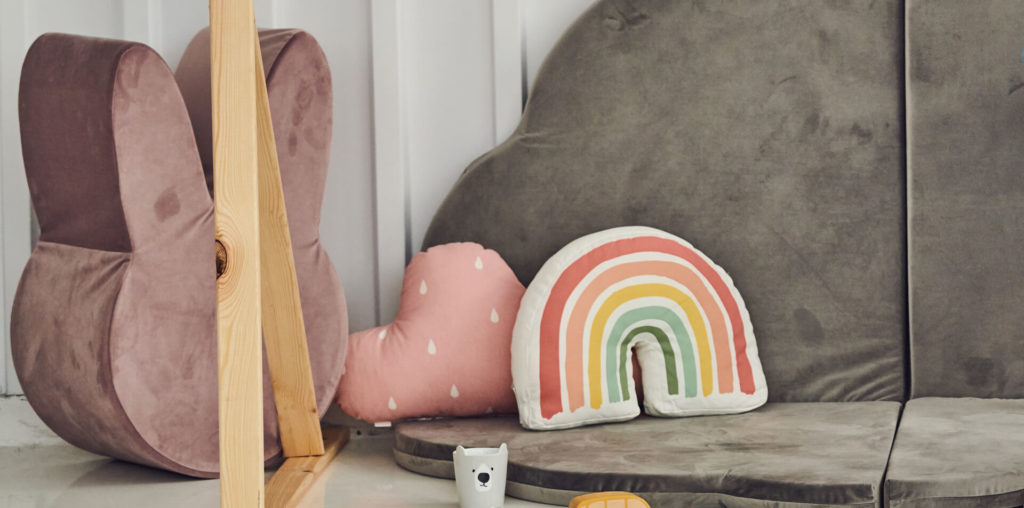
6 Month
- This month the baby is crawling
- Improves movement
- He goes into high support to prepare for all fours
- In the prone position, the child lifts the hips through active abdominal muscles
- The child follows the toy
- He can reach for a toy with one hand on his stomach
Watch this during this time!
- The creep should either take place alternately or as a so-called seal. First the arms are raised, then the legs. It is important that there is symmetry. If you only pull on one side, this indicates an asymmetry
- When the child cannot turn or only turns to one side
- Run after the toy with your eyes, if not, it may have an eye problem
7-8 Month
- At the beginning of this age, the child begins to take the quadruple position
- Then he goes down from this position by putting his side aside to sit aside and when he’s ready to sit up straight
- The width of the shoulder dissociation increases
- The child turns from the stomach to the back
- The baby sits stable after about 8 months
- When sitting straight, there is an active defense reaction by putting your hand aside in a fall in balance, which protects the child from falls
Watch this during this time!
- Does the child fall into four legs?
- if he sits down, he does it only through one side or alternately sits right and left once
- Let’s not let the kids sit too early. A child who is seated and covered with pillows is not sitting correctly, if the child is not ready to do so it could lead to unnecessary asymmetry
- How the rotation looks or does it only on one side and by bending
- whether there are defense reactions

8-9 Month
During this time, the child begins to quadruple – although not every child will perform this activity, it is good if this phase occurred during this time. The child begins to take higher and higher positions, toddlers fall to their knees, both legs, and if they are more reliable, they kneel down one leg.
Watch this during this time!
- The knees should be symmetrical once the right and left legs are exposed
10-11 Month
Watch this during this time!
- That the child would get up from her knees without pulling herself up with her arms
- When standing, our toddler should load both legs equally
- Be careful whether he sticks his leg in sometimes or both
12 Month +
The child starts their fun walking – first, it starts around the furniture and the sofa, and after it has trained the new way and has the confidence, it starts driving the steps independently
Watch this during this time!
- whether the child puts his feet well – symmetrically or not one leg in
- In order not to speed up learning to walk with the hands, the child hangs on our hands instead of walking alone and putting the right weight on the legs. The alternative to learning to walk is to hold the child by the shoulders or to walk with a “slider”. (it can be, for example, a pouf or a puppet carriage)
- Let’s not put kids in hikers, it doesn’t teach them to walk and may teaches them bad habits
Als Kinderphysiotherapeutin wünsche ich allen Eltern viel Glück!
Monika.
Uwaga, opóźnienia w realizacji zamówień
Kochani KlienciW związku z dużym zainteresowaniem naszymi produktami mogą wystąpić opóźnienia w realizacji zamówień.
Dokładamy wszelkich starań by zrealizować zamówienia tak, by dotarły jeszcze przed świętami. Z naszej strony gwarantujemy, że wszystkie zamówienia złożone do 17 grudnia trafią jeszcze pod choinkę. Przepraszamy za niedogodności, dziękujemy za wyrozumiałość.
Życzymy Wesołych Świąt
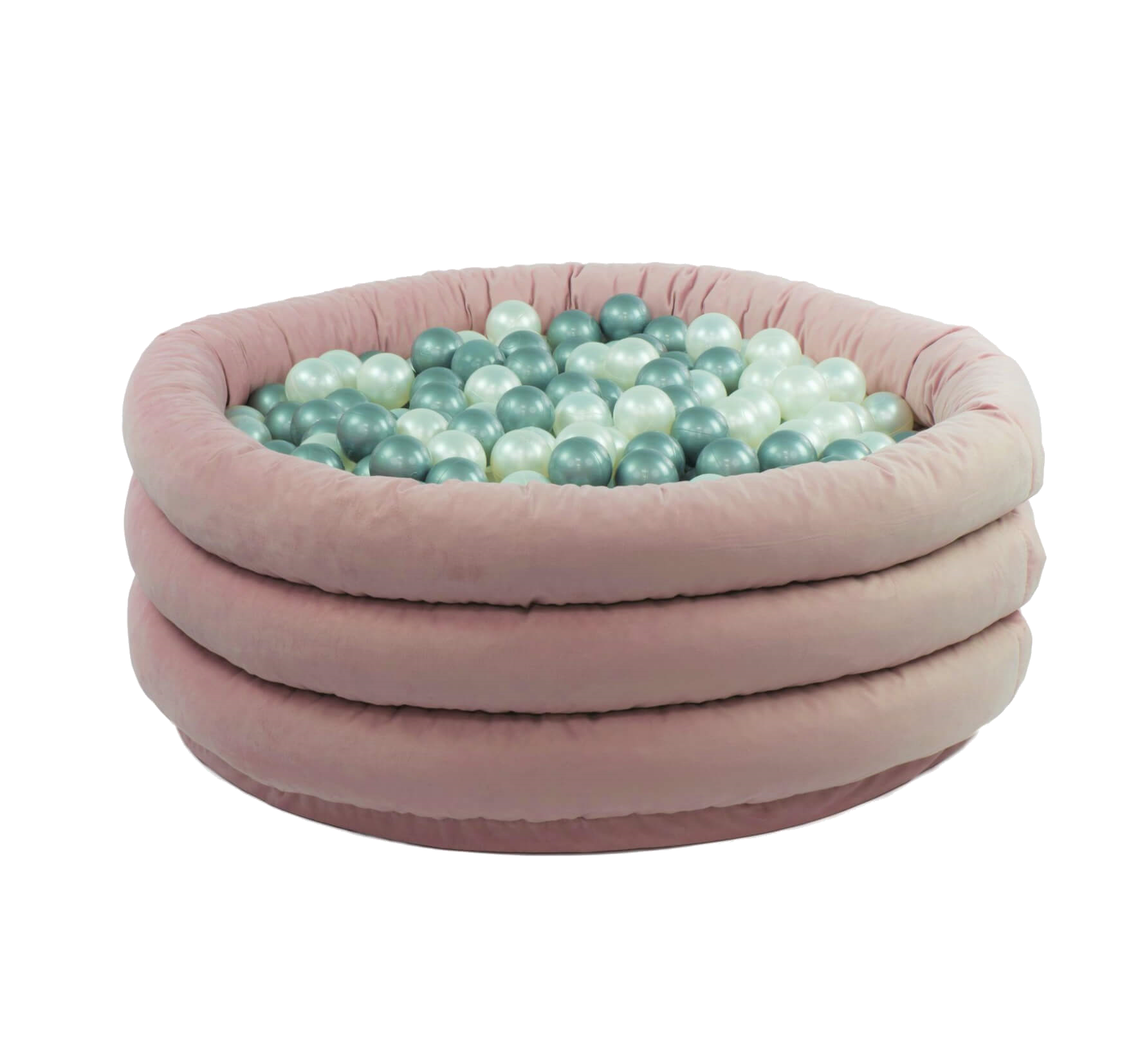
Are you sure you want to add an empty pool with no balls?
You can choose any number of balls in different colors for the pool. Choose balls if you forgot. Add to cart if you don't need balls.
